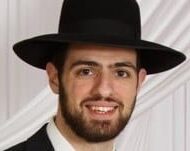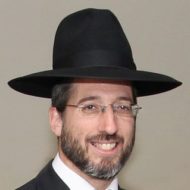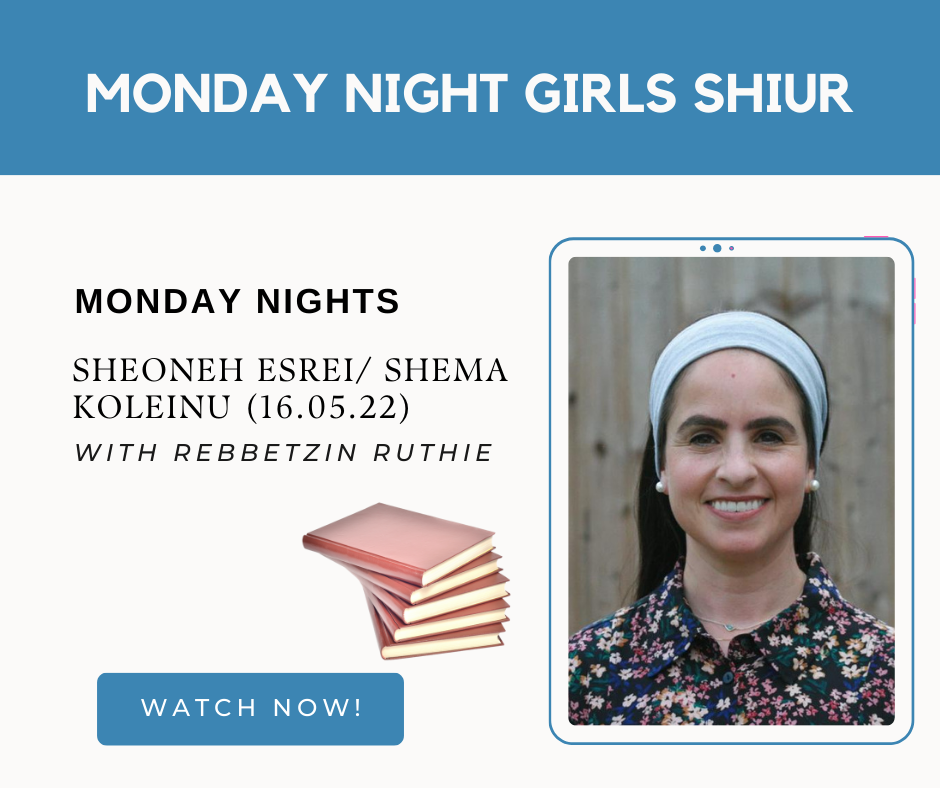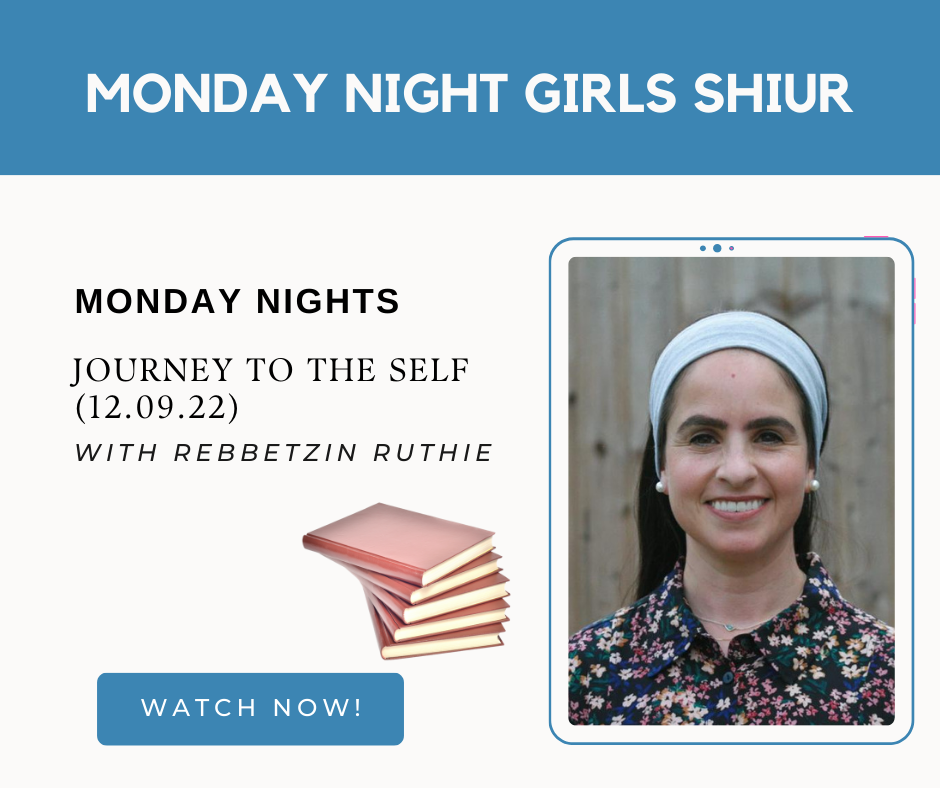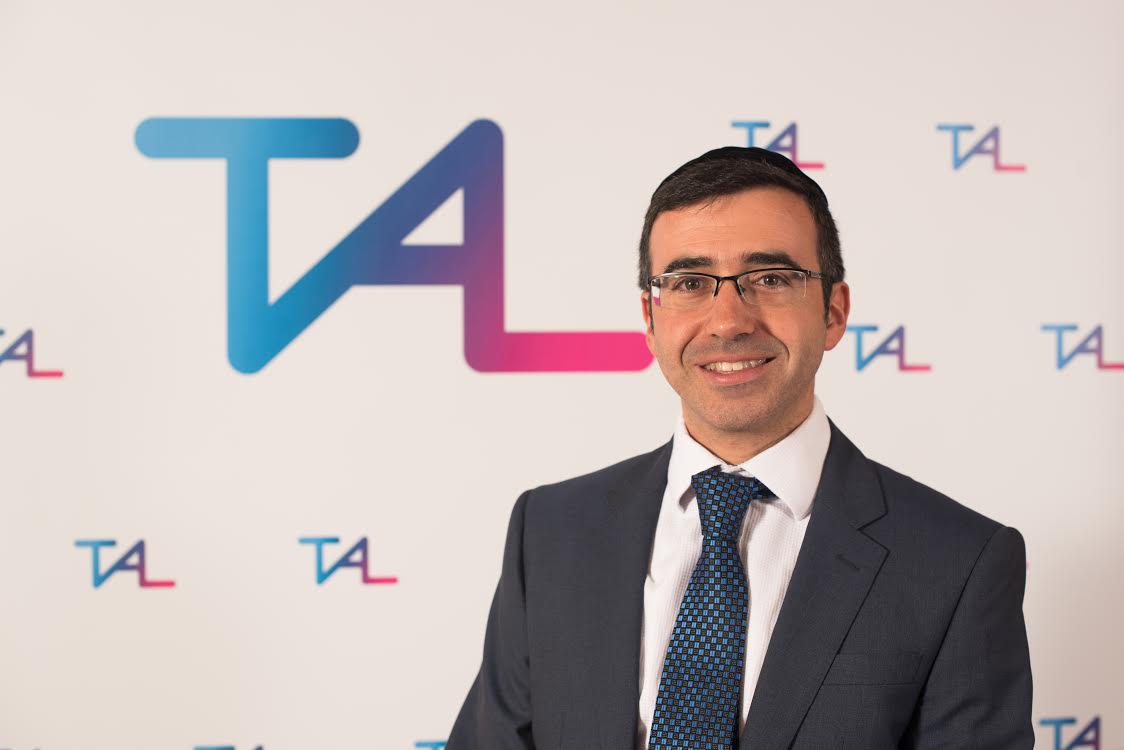
The Jews had waited for what they thought was 40 days. Where was Moshe? So they panicked and made the famous Eigel Hazahav – Golden Calf.
This week we take out two Sifrei Torah. The first is for the regular weekly portion, the second is for Parashat Parah. The latter deals with the red heifer which was used to purify the Jews from their impure status. Rashi (Megila 29a) explains the reason this portion is read before the month of Nissan is that all of Klal Yisrael had to purify themselves in preparation for the Korban Pesach – the Paschal Sacrifice.
Parashat Parah also has a strong connection with this week’s Parasha as the Midrash states that the red heifer atones specifically for the sin of the golden calf.
Let us take a closer look as to how and why this may be.
After Moshe was shocked at seeing the Eigel, he came down and exclaimed Mi LaHashem Elay – whoever is for Hashem come with me.The Torah relates how only the tribe of Levi answered his call to execute judgment. Moshe explicitly tells them to go through the camp and kill – Ish Et Achiv – even their own relatives that might have worshiped the Eigel. We are told that 3,000 people were executed that day.
The Netziv comments that 3,000 out of 600,000 is not such a big percentage (0.5%). The vast majority did not worship the Eigel.
If so, why was it that only the tribe of Levi gathered round Moshe to execute judgment?
What about all the others that never sinned why didn’t they also come forward?
The Gemara in Pesachim (8a) teaches us the famous principle of Shluchei Mitsvah Einan Nizakin – agents of a Mitzvah are not damaged. Thus for example if someone is performing the Mitsvah of searching to destroy his Chametz before Pesach, even though he might put his hand through a mouse whole, he is guaranteed to be protected. The merit of the mitzvah seems to give him insurance that no wrong will occur.
The Gemara elaborates and states this is only true in a case where the damage is not common. If however the man is in a place where damage is common, then even if he is a Sheliach Mitsvah, it will not protect him. One cannot for example send a Jew into the city of Ramallah, a center of Arab anti-Israel sentiment, and feel that the Jew is protected if he is a Sheliach Mitzvah.
The Netziv has an awesome insight on this. He states that there are two methods of performing Mitsvot: out of fear and out of love. When a person performs a mitzvah out of fear, he is protected up to the point that the damage is not common. Once he enters a place of common danger he is no longer protected. On the other hand, if a person performs the mitzvah through love of Hashem, then even in a place of common danger that person will be protected.
Amongst the Bnei Yisrael, there were plenty of people that did not serve the golden calf. But only the tribe of Levi was confident enough to stand up and say we did not serve the calf and we are willing to put our lives at risk to go through the camp and rectify the sin by killing all those that did. Only they felt the connection through love, even if it meant killing their own family. Only they felt such a high connection of love of Hashem and feeling of purity. It is for this reason that they were chosen for generations to represent and serve Hashem closely.
Rashi (Chukat 19:22) quotes R. Moshe HaDarshan that the Red Heifer served as an atonement for the sin of the Golden Calf. He uses an allegory concerning a child who dirtied the king’s palace. “Let the mother (the Heifer) clean up the mess made by her son (the Golden Calf).” According to many commentaries (Ramban, Ibn Ezra, Malbim), the sin of many of the Jewish people in the episode of the Golden Calf was not that they worshiped the calf as a deity but rather that they used it as a point of focus to worship G-d. Indeed, the Keruvim, the cherubs on the Aron Kodesh (Holy Ark), would serve a similar purpose. The sin lay in the fact that G-d had not permitted the image of a calf to be used to achieve this result, and therefore, such service bordered on idolatry. The antidote to the sin of serving G-d in a fashion which He had not commanded, would be a wholehearted commitment to Chukim, those laws which were commanded but do not have revealed reasons.
The Parah Aduma was a Chok. No one knows the real reasoning behind this Mitzvah, nevertheless we are commanded to do it. Hashem wished to show that we must demonstrate our commitment to His Mitsvot even without understanding them. Of course plenty of reasons have been given for certain Mitsvot, but these are only Taamei Hamitsvot – tastes, the real reason we perform the Mitsvot is because Hashem commanded us to, and out of love we do whatever He says.
We can be tested on a day to day basis. Life is difficult and sometimes we fall down without being able to rise. Yet if our outlook is clear, and we view everything as coming from Hashem, it becomes much easier to deal with. With this attitude we can build on ourselves to reach the level of Ahavat Hashem and achieve the highest levels where we are guaranteed to constantly be protected in our service of Hashem.
